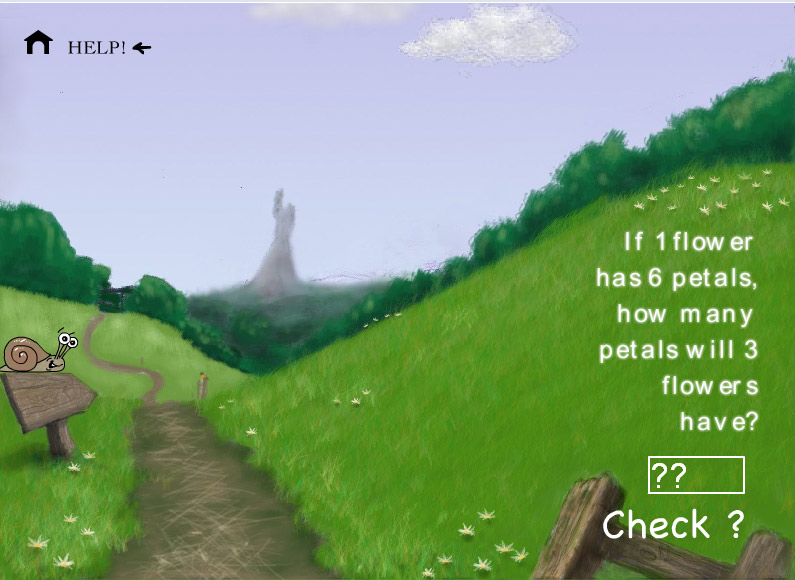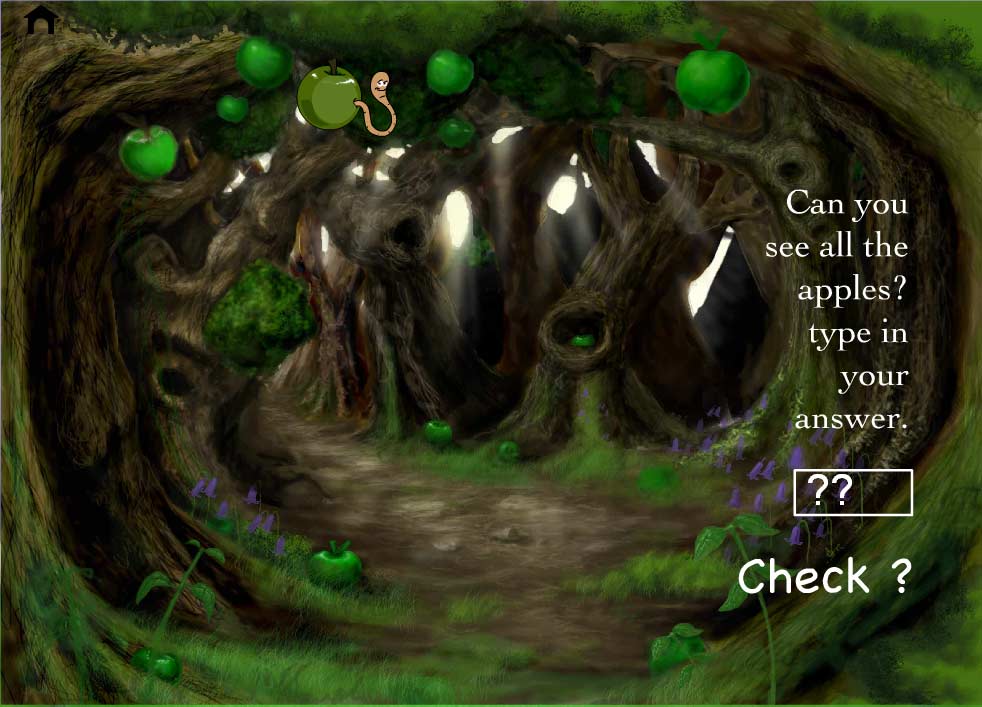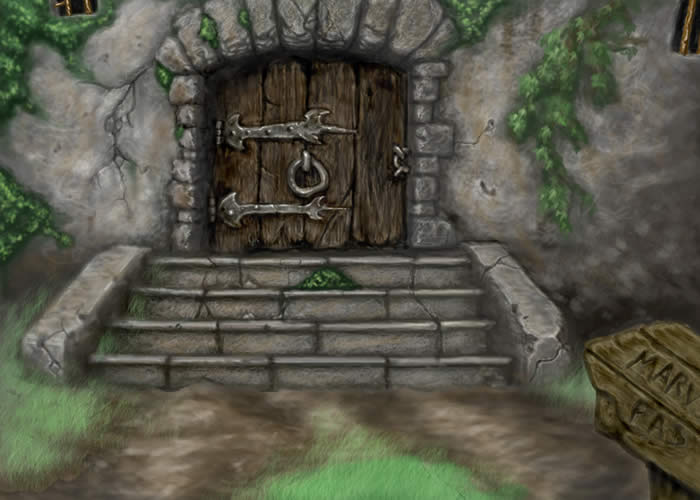To create a digital STEM or E-learning game ‘app’ you will need to make a plan, download software to construct the game and have access to or own software to create the artwork and ‘assets’ for the game. This post covers all of the details on how to create a STEM game or application in a step by step process from software suggestions, to hints and tips.

The steps I used to create an E-learning / STEM game.
This post covers the steps and stages I undertook to create a STEM game or what was then an E-Learning game that could be played on a computer, be it either an iMac or PC.
I would like to mention now that I am not a teacher or a STEM specialist. I took what was a principle and applied it to my game design for a major project. This article focuses more on the creation of the application itself, opposed the focus of STEM subject matter itself. If you wish to read more specifically on the subject of STEM you can find out more here : source
Why Create an E-learning (STEM) Game?
Before STEM was a term I had heard of, I wanted to create an application that was both entertaining and educational for young children. Games or gaming has a bad rap for being mindless and many are (I do like a mindless shooter as much as the next person). I was also a fan of the classic puzzlers growing up such as Monkey Island and Fate of Atlantis.
I wanted to create a fun purposeful experience through the medium of gaming that will help children.
And…
When the project was assigned to create a big experience I wanted to create a game that would utilise some of my existing skills as a young designer and illustrator (as a student) and create a product that I would be proud of. I wanted the E-learning game to have engaging puzzles and characters that would pull the children in and compel them to explore through the levels. They also had a mission, they needed to save a friend.

About this E-learning game – Blossom Tree
The game was aimed towards children aged 7 +. As the player progresses through the game, they would have to answer questions of varying difficulty until they arrive at the final stage and save their friend. There were 2 main paths that had 2 types of questions.
- Path 1 = Sums
- Path 2 = Spelling
It should be noted that you can pick any of the core STEM subjects for your own project.
Both paths converge at the end to logic and problem-solving questions which broke format from traditional ‘yes” and ‘no’ English and maths.

The steps used to create the E-learning game whilst adopting STEM
After studying design this was my first venture into developing websites, apps and 2D games in Adobe Flash. From the start, I planned the project from the look and feel to how it would play. I also made a level randomiser but the concept ran into technical difficulties late into the game development – get into your “white boxing people” please. It is such a valuable stage for the process. I have mentioned in detail below what “White boxing” is.
1 ) The idea for the E-learning Game
Sounds obvious, but the idea was an important step. I had a vision and idea for what I wanted the game o achieve and how it may look! After developing a viable idea I set about doing some research online into “pedagogy” and how it could be applied to the design of my e-learning game.
2 ) Game Objectives – “The Mission”
So you have an idea, now what do you want it to achieve? You will need to consider the age range for your game, whether it will be for all educational subjects or will it just 1. If this going to be for free? Etc. As a teacher or somebody looking to make a STEM game grab a piece of paper or open word and start jotting down what you would like your application to do for the world.
3 ) Planning your STEM / e-learning game
Great, so you have established what you want your game to achieve and what will happen in the game. I approached a more narrative approach to my game which lent itself well to word challenges and maths questions. If you are making a Science themed game maybe you could have a lab and you need to find the secret ingredient for a concoction? Of you have calculated sums and outwit an evil computer! The ideas are endless. Start to the application – you game, how many levels, how many characters, sound, animations, and try to do a rough cutting list of what will need to be created. This may change as time goes along.
* note: the more ideas you have the longer it will take finish

4 ) Your Game Project Timeline
If this is your first venture into creating a game project it’s tricky to gauge how long it will take to create a fully-fledged game. If you are building it all yourself – and learning all of yourself it could be a steep old slope = a lot of time. None the less, in order to get your STEM game live you need to set up milestones. I would advise breaking your milestone down into smaller steps if not for timekeeping, then for your own morale.
So, with your idea ready and your research finished and plan set to be into motion. Now is the time to roll up your sleeves and start building. The next set of steps covers the more technical steps for getting started.
Technical steps on “how to create your STEM game”
The game that you see displayed was created by me in Adobe Flash (See product here). To create this game, I had learned how to code in a language called “Action Script”. Action Script is what made the nuts and bolts of the game tick, from the scene transitions to the answers boxes checking to see if the question is right or wrong. I have attempted to break down the process of making your game.
1) What gaming program should I use? Select a program to start making your game
Example of game engines you could use for your STEM project
- Stencyl (great for beginners with no programming knowledge)
Stencyl is great for complete coding novices. The coding system works similar in principle to Lego Bricks, where you can stack and click together the functions and activities in your game. I have attached an example of what you can do in Stencyl. Or if you would like to, you can navigate to the post here and get an idea of how it works – (Stencyl post, custom cursor) Although Stencyl is good and has merits it has many limitations in my opinion. It should also be noted, that this engine is 2D only.

- Unity Software (great for someone with some coding skills, create powerful games)
Unity software is everywhere and with large developer communities constantly improving the assets and the software but, be warned – it can have a steeper learning curve if you are wanting to create e-learning or STEM games this is truly a powerful piece of kit. One great advantage is that Unity comes with LOTS of tutorials, assets and game templates to bump up your game into completion.
- Adobe Animate (Used to be king of the game makers, still good but not the most powerful)
The E-learning / Stem game shown throughout this post was created in what was known as Flash. Flash, now Adobe Animate has somewhat fallen out of favour with powerful programs such as Unity bumping it out of top position and accessibility issues for Smartphones driving in the wedge.
It’s a misconception that you can’t use Animate anymore to create rich-media applications – it’s not true. You can still create phone apps, HTML 5, animations, video indents, and games!
2) ‘White Box’ your game first
White boxing is single-handedly one of the best modern techniques I have been taught in recent years as it can save so much time. When I say ‘white box’ its a case of roughing out functionality and lose the form of your game. Worry about the function and how the game plays first and use place holder graphics in the early stages of development.
One terrible mistake I have made in the past with utilising time is to create artwork for a component (part) of a game that will not work and you end up having to junk not only the component but the artwork/animation also.
Rough it, test it, play it and then make it beautiful!
3) Find a game Artist or Designer
A very important step for your STEM Learning game is creating artwork that will be visually appealing to children (and adults) when they interact with your awesome puzzles. I tried to make the artwork for my game appealing to a younger audience, to keep them engaged in the topic. You can either create the visuals yourself, hire an artist (link) or look for free and open-source artwork and make a Frankenstein monster of moving stock graphics! (yes, a pinch of sarcasm)
4) Test, test again and assess – then develop your game further
Test your game on players that have never heard of it or played it. Although, I have to confess that I had trouble finding young testers and the youngest I could go to was 9 years old. Watch how people play your game and take notes on what you can improve. This is a valuable step, more so if this is being created for commercial purposes.
5) Publish your STEM application / E-learning game
You’ve done it! Depending on the size of your game, you have spent a year, 6 months, 2 weeks and you have published the application ready to go out to your classroom. You have created a game with a purpose that will hopefully help with learning and STEM development. – Well, in theory, you have made it, now you need to put it into practice.
How “I” created my STEM / E-learning game
I have outlined how you can create a STEM or E-learning game based on my experience and playtesting. I have attached a few conceptual details and visuals of the original game – Called “Blossom Tree” which was my first major foray into interaction and game design at the University of Cumbria.

I wanted the game to feel warm, friendly and filled with the freshness or being the outside, you never know – the artwork my spur children to go play outside, maybe build a den. You may also notice in the background there is a twisted silhouette of a castle. That is the final destination for the player.
E-learning game spoiler alert!

Speed rounds and classroom chalkboard.



Looking back
I feel I may have constructed this game slightly ahead of its time. This game was created as part of a final major project whilst studying at the Cumbria Institute of the Arts in my final year of study. This would have pre-dated the surge in the smartphone and the tablet technology and well before the surge in digital downloading platforms such as Steam, Google Play, Apple Store, PS4 network etc.
This e-learning game was created to be a web application or CD ROM .exe. The platforms for downloading such games weren’t as prevalent then, whether they existed at all. The commercial standpoint if I was to create this game again I do a lot of things differently.
things I would do differently, for my STEM / E-learning game
If I was to remake this game I would add so much more interaction into the game, maybe some quicklimes scenes, a bit more movement and generally make feel a little less static, but hey, this was my first ever go at making something like this. I look at many aspects of the project – especially on the design side of things and hiss through my teeth or feel my toes curl as some of the aesthetics but still proud to this day to hear this from around the corner.
“This is F*****g ace!”
in a Cumbrian accent. And that was directed at what I had learned, what I had created and I had hoped would be an of a benefit to a few.
The take way on how to create a STEM game application
I hope my project and how to post has motivated you and given some insight on how to create a STEM application or learning game. The process of creating a game such as this can be incredibly rewarding. It can also be a big undertaking and if you need any help or have any questions. Well, you know where I am.
If the found this post on “how to create a stem game application” useful please share. It could be helpful for those looking to create an educational game or something for friends and family.
Jimm – Designer & Developer
Other useful posts
- Learn how to draw on a computer using a tablet
- Create / design a killer Kickstarter page
- How to create a retail ready card game
- About Unity
- Stencyl – How to create a custom cursor
- How to create an interactive game in Animate
